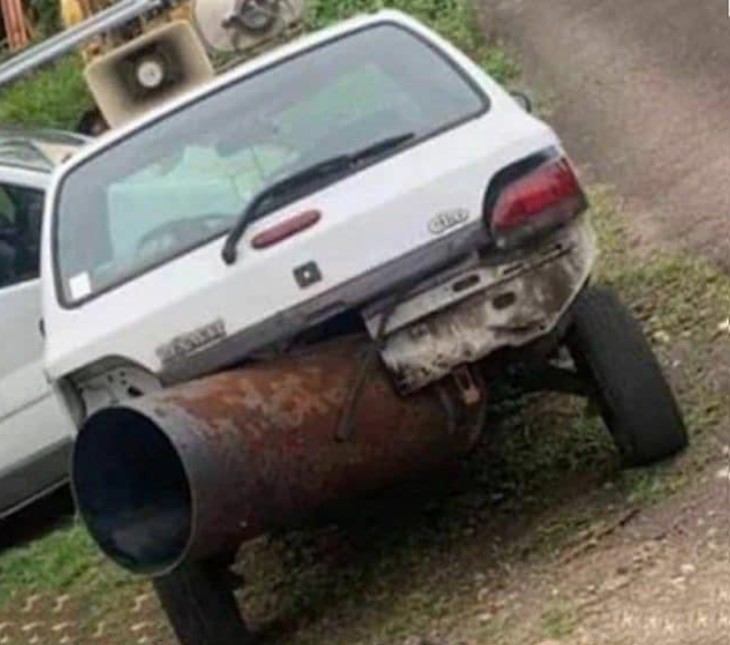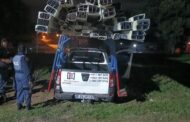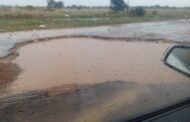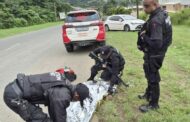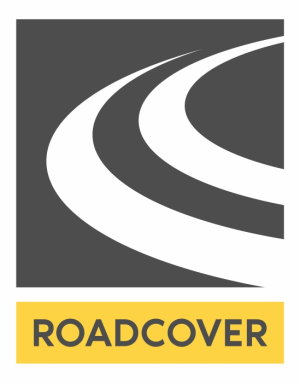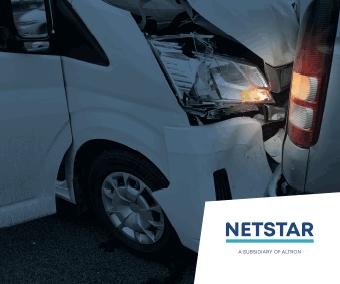The various provisions that a vehicle must be tested with reference to noise pollution are copied below.
The provisions of SANS 10047
5.3 Smoke emission
Reject if –
- a) in the case of any type of engine, the exhaust smoke emission is so dense during a road test that it would, in the opinion of the examiner, hinder other road users, or
- b) the engine emits excessive smoke or fumes, or
- c) except in the case of slip joints on heavy vehicles where slight leaks are acceptable, the exhaust gas leaves the exhaust system by means other than through the silencer or muffling device, or
- d) the exhaust pipe or silencer is in such a position that oil or other flammable liquid or material can drip or fall onto it, or is not in efficient working order, or is so placed and maintained that exhaust gas or smoke leaks into the driving cab or passenger compartment of the vehicle, or
- e) the exhaust system is within 25 mm of any hydraulic brake system pipe unless it has been properly insulated, or
- f) any exhaust gases are discharged onto any fuel container, fuel hose, spare wheel (if fitted), battery or any part of the brake system, or
- g) the exhaust system is not secure.
NOTE If there is excessive noise at discretion of an examiner, the vehicle should be tested in accordance with SANS 10181 or be referred to the nearest law enforcement authority for testing.
Reg 209. Exhaust silencers and exhaust pipes
No person shall operate on a public road a motor vehicle-
(a) unless an efficient exhaust silencer or muffling device is affixed thereto in such a manner that the exhaust gas from the engine is projected through such silencer or muffling device, which shall be so constructed as to reduce and muffle in an effective manner the sound produced by such exhaust;
(b) if any mechanism or device is attached thereto enabling the exhaust gas from the engine of such motor vehicle to be projected otherwise than through the silencer or muffling device referred to in paragraph (a);
(c) if the exhaust gas or smoke from the engine is so dense as to cause a nuisance to, or obstruct the vision of other road users;
(d) if the exhaust pipe or silencer thereof is in such a position that oil or other flammable liquid or material can drip or fall onto it, or is not in efficient working order, or is so placed and maintained that exhaust gas or smoke leaks into the driving cab or passenger compartment of the vehicle; and
(e) which, when tested, exceeds the limits prescribed in code of practice SABS 0181 “The Measurement of Noise Emitted by Road Vehicles when Stationary”.
Reg 310. Vehicle causing excessive noise
No person shall operate or permit to be operated on a public road a vehicle in such a manner as to cause any excessive noise which can be avoided by the exercise of reasonable care on his or her part.


